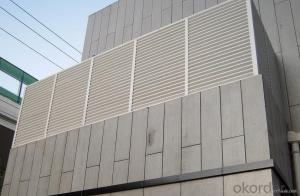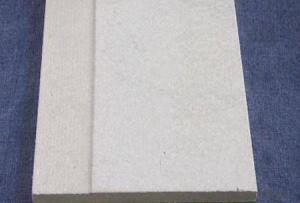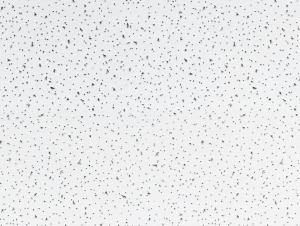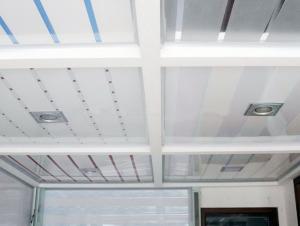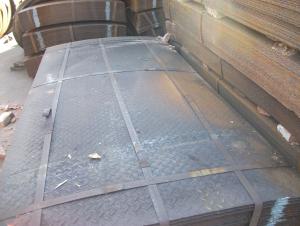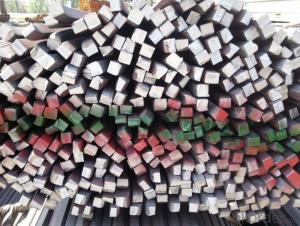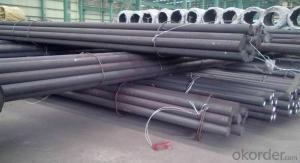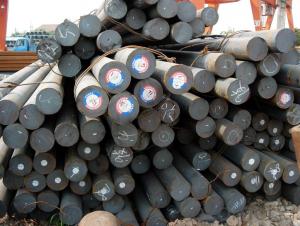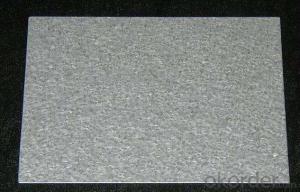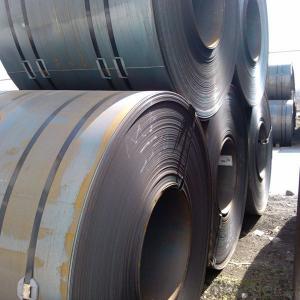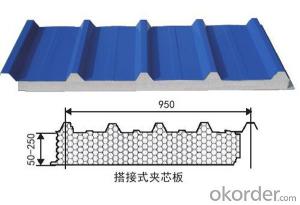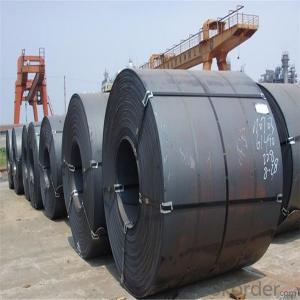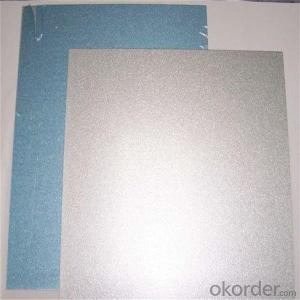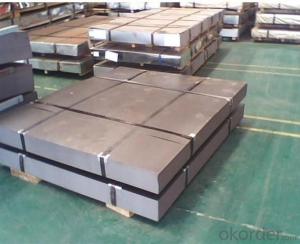Hot Rolled Steel Sheet
Hot Rolled Steel Sheet Related Searches
Fiber Sheet For Roof Waterproofing Additive For Cement Render Stainless Steel Hot Tubs Stainless Steel Draining Board Aluminum Foil Hot Rail Hot Aluminum Foil Trick Pig Hot Water Bottle Cover Tartan Hot Water Bottle Cover Electric Hot Water Bottle Argos Funny Hot Water Bottle CoversHot Searches
Used Metal Folding Chairs For Sale Large Metal Containers For Sale Metal Shop Cabinets For Sale Metal Shipping Crates For Sale High Mast Light Price List Solar High Mast Light Specification Galvanized Steel Scrap Price Fiber Sheet Price In India Types Of Stainless Steel Grades High Mast Light Specification Stainless Steel Sheet Near Me Stainless Steel Type Type Stainless Steel Galvanized Steel Prices Stainless Steel Wholesale Stainless Steel Tubing Supplier Stainless Steel Supply Near Me Stainless Steel Supply Stainless Steel Sheets Near Me Scrap Stainless Steel PricesHot Rolled Steel Sheet Supplier & Manufacturer from China
Okorder.com is a professional Hot Rolled Steel Sheet supplier & manufacturer, offers integrated one-stop services including real-time quoting and online cargo tracking. We are funded by CNBM Group, a Fortune 500 enterprise and the largest Hot Rolled Steel Sheet firm in China.Hot Products
FAQ
- There are several different surface textures available for galvanized steel sheets, including smooth, diamond-patterned, and textured.
- In general, steel sheets display resistance to both impact and bending. Steel possesses exceptional strength and durability, rendering it less susceptible to external forces like impacts or bending. This is attributed to the material's capacity to absorb and disperse applied energy, leading to minimal deformation or harm. Nevertheless, the extent of resistance to impact and bending may fluctuate based on factors such as sheet thickness, steel type, and any supplementary treatments or coatings that have been applied.
- Steel sheets perform exceptionally well under heavy loads. Due to their high strength and durability, they can withstand significant amounts of pressure without deforming or failing.
- The different types of steel sheet finishes for automotive applications include hot-dipped galvanized, electrogalvanized, galvannealed, and bare steel.
- Manufacturing steel sheets encompasses a series of steps. Initially, the necessary raw materials for steel production, including iron ore, coal, and limestone, are acquired. Following this, these materials undergo processing in a blast furnace to generate molten iron. The molten iron is then refined in either a basic oxygen furnace or an electric arc furnace, eliminating impurities and incorporating alloying elements to attain the desired steel composition. Upon completion of the refining process, the steel is cast into slabs or billets, which are subsequently reheated in a furnace until they reach a suitable temperature for rolling. The reheated steel is then fed through a sequence of rolling mills, where it is shaped and its thickness is reduced to form a continuous sheet. The rolling process comprises multiple passes through the mills, gradually diminishing the steel's thickness and enhancing its properties. After the rolling process, the steel sheets are frequently subjected to pickling and treated with various coatings or finishes to enhance their surface quality and resistance to corrosion. Finally, the sheets are cut into specific sizes and may undergo additional processing, such as tempering or annealing, to further enhance their mechanical properties. In summary, the production of steel sheets involves a combination of refining, casting, rolling, and finishing processes to create superior-quality sheets that meet the desired specifications.
- Steel sheets have high electrical conductivity properties due to the presence of metallic bonds between iron atoms, allowing for the easy flow of electric current through the material.
- The specific type and thickness of steel sheets can cause the maximum load-bearing capacity to vary. Steel sheets are generally known for their strength and durability, which allows them to handle heavy loads. The load-bearing capacity of steel sheets is typically measured by its yield strength or ultimate tensile strength. Yield strength refers to the maximum stress a steel sheet can handle before permanently deforming, while ultimate tensile strength refers to the maximum stress it can handle before fracturing. The load-bearing capacity of steel sheets can range from a few hundred pounds to several thousand pounds per square inch (psi). For instance, mild steel sheets usually have a yield strength of approximately 50,000 psi, enabling them to support moderate loads. Conversely, high-strength steel sheets can have a yield strength of over 100,000 psi, allowing them to withstand heavy loads. It's important to consider that the load-bearing capacity of steel sheets can also be affected by factors such as dimensions, surface condition, and support method. Moreover, engineers and structural designers often take safety margins and the factor of safety into account when determining the maximum load-bearing capacity of steel sheets for specific applications. Therefore, it is advisable to consult relevant engineering standards, specifications, or professionals for accurate load-bearing capacity information in a particular context.
- Is PCM steel better than galvanized steel?
- Color plate refers to the color coated steel plate, color coated steel plate is a kind of organic coating plate.PCM color steel plate positive general selection of linear polymer oil free polyester resin paint, add amino resin and special catalyst design,


